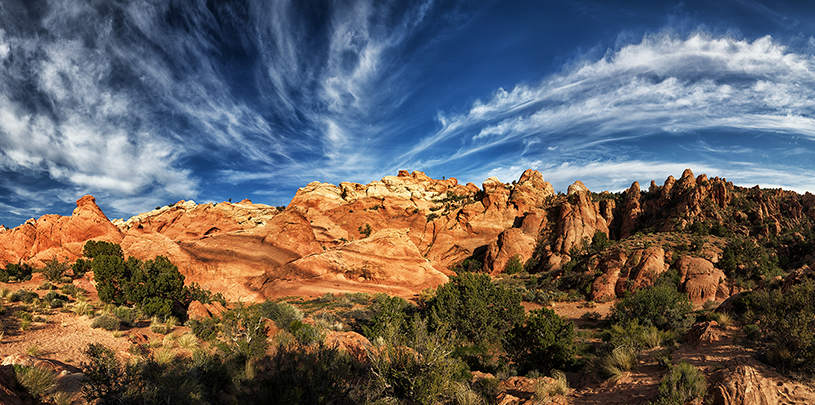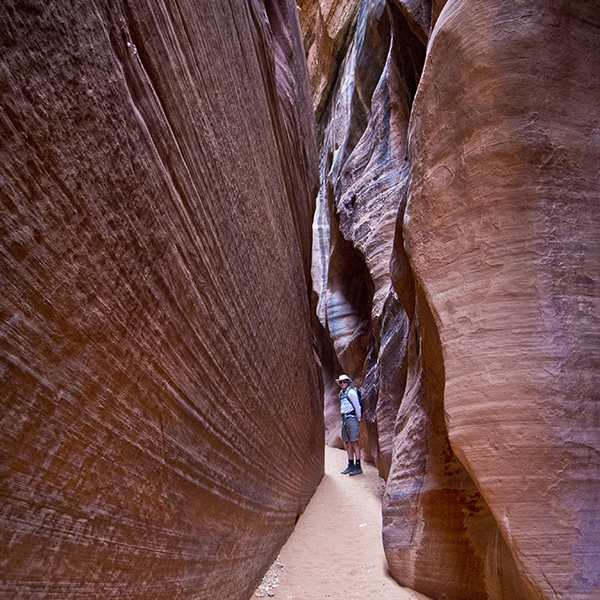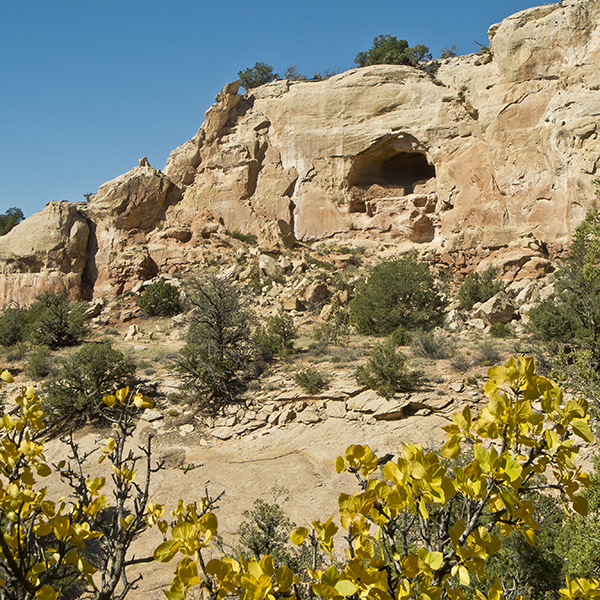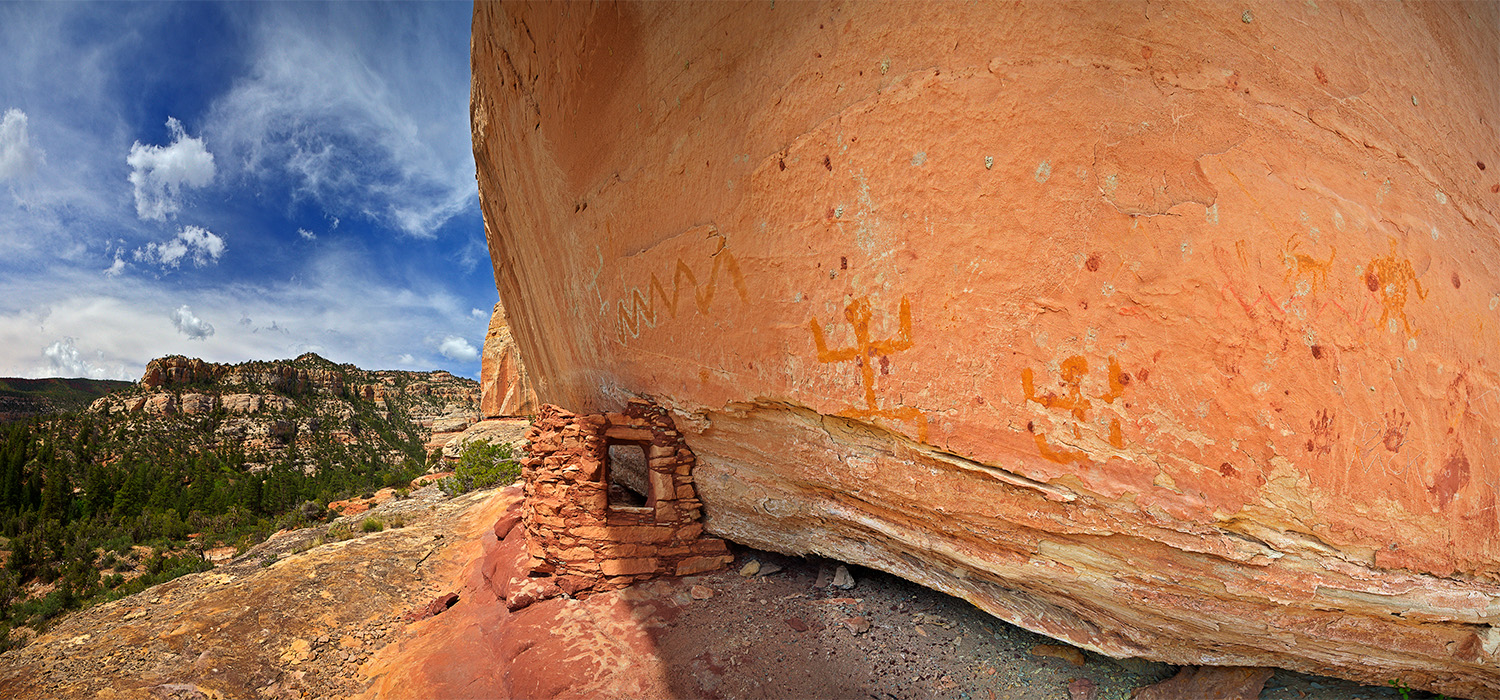
 by Ellen Heyn, Communications Associate
by Ellen Heyn, Communications Associate
When President Trump ordered a review of at least 26 of our national monuments last week, he claimed to be returning “control to the people — the people of Utah, the people of all of the states, the people of the United States.”
But those monuments already belong to the people — to you and to me, to each and every American citizen. The monuments in question were public lands prior to designation, and they remain public lands as national monuments today.
Trump’s executive order calls for the Department of the Interior to recommend whether monuments designated since 1996 be rescinded, resized, or modified. Stripping our national monuments of the protection they deserve would benefit only a select few — not the people of the United States.
It doesn’t matter whether you visit these places every year or once a lifetime. They are your national monuments. Each has wonderful trails, campsites, and landscapes to check out. Here’s a glimpse of what’s at stake on the Colorado Plateau.
Moab gets all the fame as slickrock capital of the world, but if you ask me, Grand Staircase is the real gem. Thousands of tourists drive through Grand Staircase on their way to or from Bryce Canyon, Capitol Reef, and Zion national parks, admiring the scenery through their car windows. But mystery, beauty, and big, open country await those who set out on foot. Here are some of our favorite trails:
Lower Calf Creek Falls | Cottonwood Narrows | Boulder Mail Trail
This trio of slot canyons is the tightest and darkest in all of Grand Staircase-Escalante National Monument. See all three in one day!
Bears Ears National Monument is rich with cultural treasures — cliff dwellings, artifacts, and rock art lie scattered across the landscape. Located south and east of Canyonlands National Park, Bears Ears is significant to all Americans and indispensable to tribal peoples of the Colorado Plateau. Check out some of the trails in our new monument ›
Sundance Trail into Dark Canyon | Bullet Canyon | Kane Gulch to Stimper Arch
Straddling the Utah/Arizona border, Vermilion Cliffs National Monument is best known for the Wave, Buckskin Gulch, and Paria Canyon. Once little visited, the area is so famous now that hundreds of people vie daily for permits to the Wave. Come play in this rock wonderland — you’ll feel like you’re on a different planet! I want to visit ›

Hike a short ways down Coyote Wash before reaching the confluence with Buckskin Gulch, which is said to be the longest slot canyon in the world.
While everyone has heard of Grand Canyon National Park, few know of its neighboring sister monument — Grand Canyon-Parashant. Located in the northwest corner of Arizona, this remote area receives a fraction of Grand Canyon National Park visitors but protects over a million acres of land with similar cultural, geological, and scenic values. Learn more about the monument ›
This tiny pocket of southwestern Colorado holds the highest density of archaeological sites in the country. From cliff dwellings to pot sherds, we can piece together clues of what life might have been like for the Southwest’s earliest residents. Plan your trip ›

See an arch, cliff dwellings, and beautiful sandstone features on this loop hike in Canyons of the Ancients National Monument.
Besides stunning scenery, Gold Butte National Monument holds rare fossils, remnants of agave roasting pits, projectile points, pottery, and other artifacts. Its drainages flow into the Virgin River to the north and Lake Mead to the south, and the monument is an important link between Grand Canyon-Parashant National Monument and Lake Mead National Recreation Area. Though the monument has no established hiking trails, you can drive a rugged backcountry road to the historic mining town of Gold Butte, which is northeast of Las Vegas, Nevada. Check out the sites:

Cultural landscapes are full of stories, artifacts, and resources to appreciate. Here's how ›